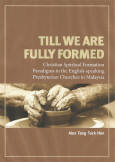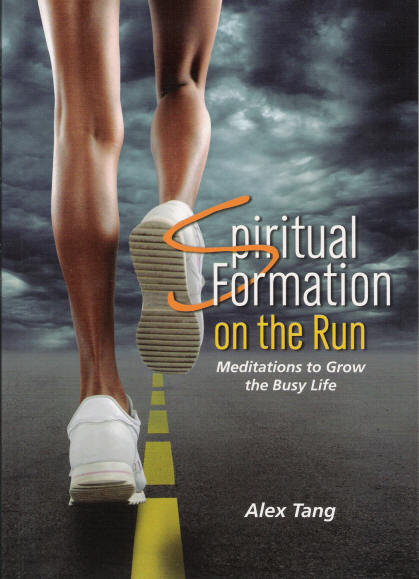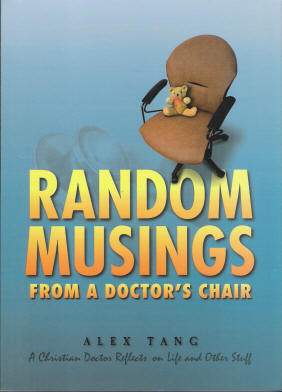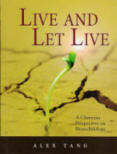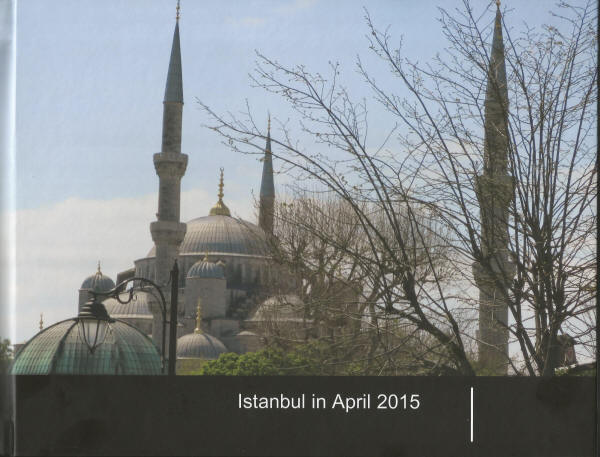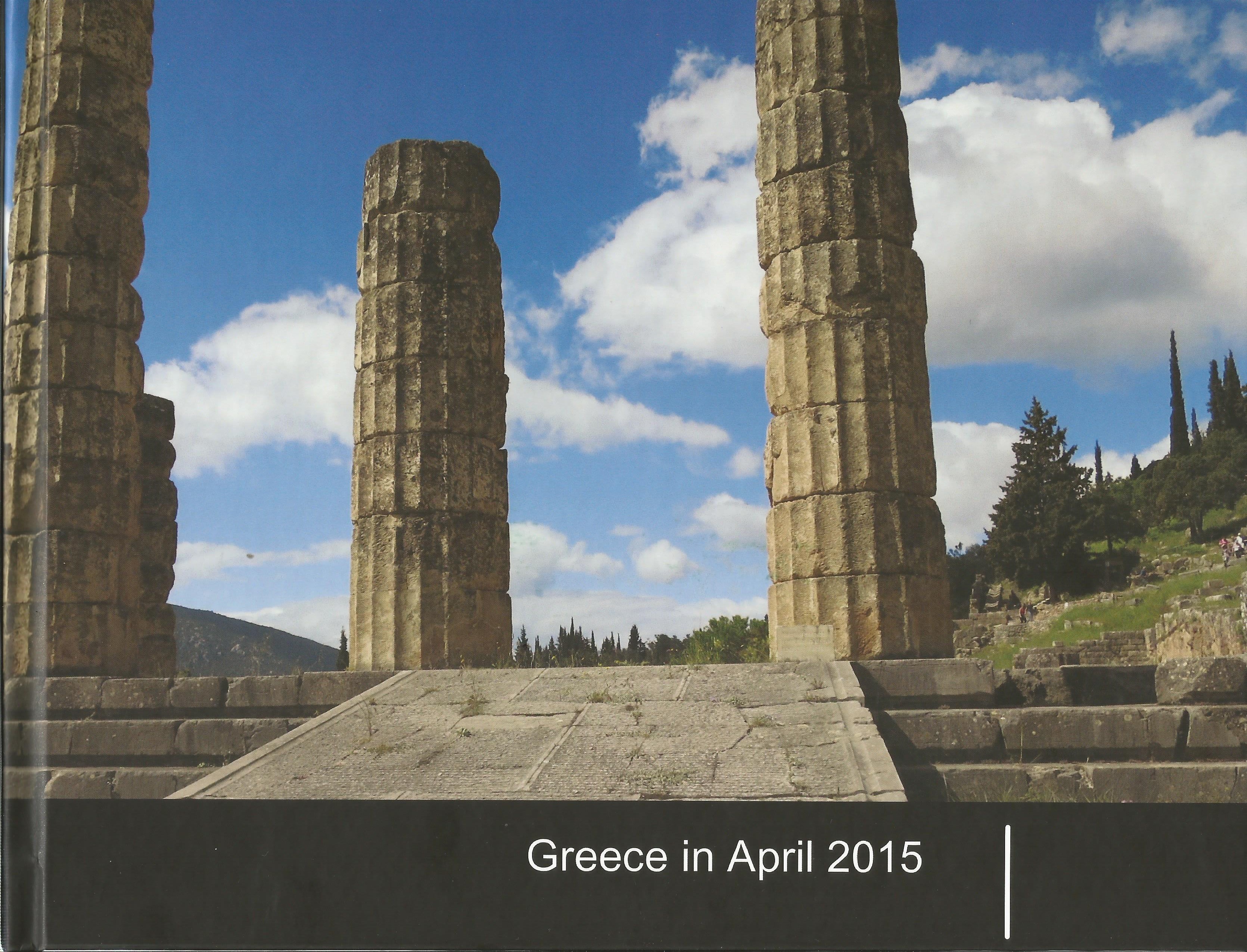When Your Ass Speaks, Shut Up and ListenBalaam, an Angel and a DonkeyText: Numbers 22:1-35
Balak, king of the Moabites was worried. His spies reported the invasion of this group of escaped slaves from Egypt called Israelites. They had won spectacular victories over King Og and King Sihon and are even at this moment camped beside the Jordan River, near Jericho. Balak was worried that the Israelites will be eyeing his country next. He also knew that he cannot defeat them by his army alone. So with his advisors, he hatched a plot to defeat these invaders. If they cannot be defeated by physical force, maybe they can be defeated by magic.
Balak knew of a powerful sorcerer and diviner named Balaam. He was so powerful that those he blessed prospered and those he cursed self-destructed. So Balak decided to enlist his help. He started by sending his prince-elders with a suitable amount of gold and silver to buy his services. Balaam received them and told them to stay the night. That night he consulted with God who told him to refuse. The delegation reported back to Balak.
Balak sent another delegation. This time it includes his more distinguished prince-elders and even more gold and silver. Again Balaam invited them to stay and that night consulted with God. It seems that this gentile prophet has open access to God. God said to go but on condition that Balaam will obey and say only what God had directed him to say.
The next day, Balaam saddled his donkey and set off on the main road. Suddenly, the donkey saw an angel with a sword in the middle of the road. So she turned off the road and went into the field. Surprisingly, the powerful wizard cannot see the angel. Angry at the change in direction, he beat his donkey with a stick. As the donkey continued along a narrow lane between two vineyards, again she saw the angel so she had to squeeze to the side of the lane to avoid the angel. This scratched Balaam’s foot so he got angry and beat the donkey again. The donkey continue into a smaller lane who there stand the angel and there was no escape. The donkey knelt down and refused to move. This was a smart donkey.
Again Balaam hit her. “Why did you hit me?” spoke the donkey, “have I not served you faithfully before.” It must have been incredible for the donkey to speak. It was even more incredible for Balaam to answer her. Balaam acted as if it was commonplace for animals to speak. The Lord showed the angel with the sword to Balaam and Balaam immediately perceived his peril. He fell on his face, confessed, repented and begged for forgiveness.
This story is part of larger collection of Balaam stories. However I want to draw some lessons from this:
(1) The Lord is in Total ControlThis was a popular story amongst the Jewish audience for many centuries. It shows that the Lord, our God is in total control of the situation. The Lord was aware of what was happening with his people in Transjordan. They have just defeated the people of Sihon and Og. Yet he was also aware of what was transpiring in Moab.
Balaam is a Gentile prophet. We are told that he was a powerful sorcerer and diviner. It is not surprising that God sometimes uses people from outside the Israel nation. Some scholars debate whether Balaam is a true prophet. The word used for the Lord is elohim and Yahweh. Elohim is also used as a generic name for God. Hence Balaam may be worshipping a god when he suddenly came into contact with the real God; Yahweh. This story illustrates in a wonderful way that God is in total control of the whole situation. From where you are standing now, it may not appear so. You may be wondering why God allowed some bad things to happen to you. Be assured that God has not abandoned you. As God has shown, He was aware of what is happening in Moab which was quite a distance from where the Israelites were encamped. What is even more wonderful is that He forbade Balaam to ‘curse them’. No one who belongs to God can be cursed because God is more powerful than powers and principalities.
(2) The Lord demands total obedience.One may wonder why God was so tough on Balaam. After all, did Balaam not follow God’s instructions closely? When God said, “Don’t go.” He didn’t. When God said “Go,” he went. My suspicion is that God is not unreasonable but that God knew the disobedience in Balaam’s heart. Though outwardly, Balaam was a model of obedience, in his inner heart there must be treachery. He must be thinking if I could fool this ‘god’ by pretending to obey and then when the occasion was right, he would curse the Israelites.
Later in the book of Numbers, we were shown that Balaam was responsible for leading the Israelites into idolatry and sexual immorality. In fact, Balaam’s name was infamous through the Bible starting from Numbers, Deuteronomy and even in Revelation.
God’s instructions were clear. ‘Say only what I told you to say.’ The fact that he sent an angel to kill Balaam meant that God knew that Balaam did not intend to follow His instructions to the letter. Many of us do not take the Lord seriously. We make bargains with the Lord when we are in trouble. We gave our vows when we have been emotionally or spiritually trapped. We pledged to give of our time, money, and possessions if the Lord will help us. Yet when we are out of trouble, we forget our bargains, vows, and pledges.
We also take the instructions of the Lord lightly. We know what He wants us to do, the type of life He wants us to live, and the kind of people He wants us to be. All His instructions and expectations are all available to us in the Bible so we cannot plead ignorance. He even came Himself as Jesus Christ to show us how it can be done. Yet, we so often disregard His instructions when it inconvenience us; when it moves us out of our comfort zone; and when its demand something sacrificial from us. The story of Balaam shows us that God will not be mocked.
(3) Listen to all around you because the Lord may speak through them.The talking donkey shows us that sometimes we can miss seeing something that is right in front of our eyes. Balaam, for all his divination skills cannot see the angel with the sword. Yet his donkey can. So, we have to have humility and not be dogmatic in our walk with the Lord. Sometimes, our pride may blind our spiritual eyes. Then we cannot see where the Lord is leading us and walked right out of His will.
God did not always choose to speak through the high and mighty. He also speaks through the lowly donkey or ass. So we must be ever alert to discern God’s leading and instruction from all things around us. Anyone and anything can teach us spiritual lessons if we are humble and sensitive enough to discern them.
The story of Balaam, his donkey and an angel teaches us that God is in total control, He demands total obedience, and we have to be spiritually discerning if we do not want to miss His guidance to our regret. It means we have to walk closely with Him at all times.
Reflection Questions
(1) Do you believe that God is in total control of all situations? As you read the newspaper today, watch the news on televisions and look at your or your friend’s life circumstances, do you believe that He is in control? Why? Or why not?
(2) Have you been obedient to His instructions as revealed in the Bible? If not, why not? What is stopping you? What steps will you take to correct that? If yes, praise the Lord.
(3) How do you think pride prevents us from learning from those whom we consider ‘non-spiritual’ or from lowly people? What do you think we should do to be humble enough to learn from them?
Lord,
Give us the conviction that You are in total control of what is happening in the world today. Reassure us that You have a plan. Help us to be obedient to you. Give us the strength to resist temptations to be disobedient. Help us to develop discerning eyes and humble ears to see and hear your presence in the world today.
Amenpicture
creditsoli deo gloria
 Christianity Today, 29 September 2007 gives us the tiding
Christianity Today, 29 September 2007 gives us the tiding
















 slideshow
slideshow 

 Looking to his right, he would have seen the Temple of Ares. Behind the temple, up on the hill is the Temple of Hephaisteion.
Looking to his right, he would have seen the Temple of Ares. Behind the temple, up on the hill is the Temple of Hephaisteion. 


 In front of the Stoa of Attalos on the right side of the road was the Bema. This was the speaker corner where anyone have a right to speak. Here I was standing on a stone that was engraved speaker's platform. To think that some of the great orators of Greece once stood here to speak. Stoic and Epicurean philosophers. Maybe Socrates, Plato or Aristotle. The apostle Paul may have spoken here. Cool!
In front of the Stoa of Attalos on the right side of the road was the Bema. This was the speaker corner where anyone have a right to speak. Here I was standing on a stone that was engraved speaker's platform. To think that some of the great orators of Greece once stood here to speak. Stoic and Epicurean philosophers. Maybe Socrates, Plato or Aristotle. The apostle Paul may have spoken here. Cool!



 Here is an interesting article on
Here is an interesting article on 





















